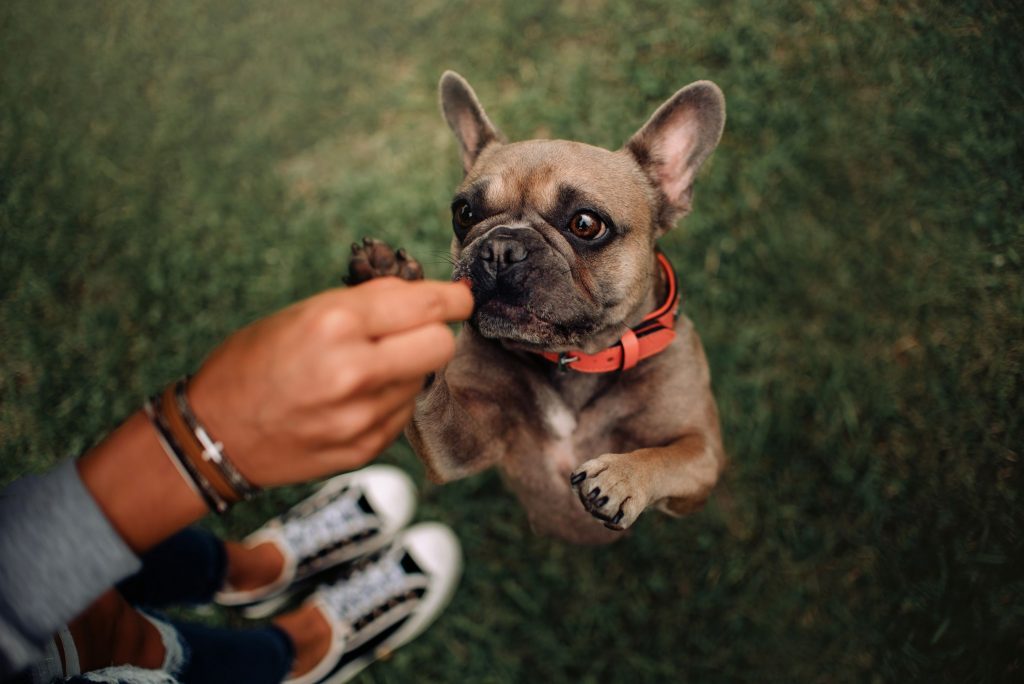Positive Reinforcement Training: Why it Works

Proper training is a key component of a happy, relaxed dog who can enjoy the company of humans and other animals. When it comes to training methods, there are plenty of options out there, but most boil down to one of two things: positive or negative reinforcement.
The team at Dupont Veterinary Clinic is here to take a look at the difference between negative and positive reinforcement training to help you decide what’s right for your pet.
By Definition
Positive reinforcement training refers to the act of rewarding your dog for good behavior, usually with treats or praise. For example, giving your dog a biscuit every time they sit on command, or saying “Good dog!” enthusiastically while scratching them behind the ears when your puppy goes potty outdoors.
Negative reinforcement, also called adverse dog training, involves punishing your pet for behavior you don’t want. This type of training can be effective in certain situations and with certain dogs as long as the owner has had some training on how to effectively perform the negative reinforcement. In the majority of cases this type of training raises a dog’s stress level and may contribute to negative behavior down the road.
The Benefits of Positive Reinforcement Training
Positive reinforcement training has so many benefits for both your dog and you…
- Improved communication – Offering positive reinforcement for a job well done will link that particular behavior in your dog’s mind with a pleasurable feeling. Your dog will be much more eager to communicate their needs with you (needing to go potty or wanting to play for instance) when they anticipate feeling good.
- Increased bonding – Rewarding your dog for good behavior builds trust and creates goodwill between the two of you. People prefer to be around those with whom they have positive associations, and dogs are no different!
- Can be used for a variety of behavior problems – Any behavior problem associated with fear or aggression will only be compounded with the use of negative reinforcement training. Positive reinforcement gives you the best chance of correcting these issues.
- It’s easy – Providing treats or praise for good behavior is simple, which means children can take part in training. Having the whole household involved increases the chance of success, and can be a lot of fun.
Your veterinarian will be happy to discuss training techniques with you further – please don’t hesitate to contact us for more information.
